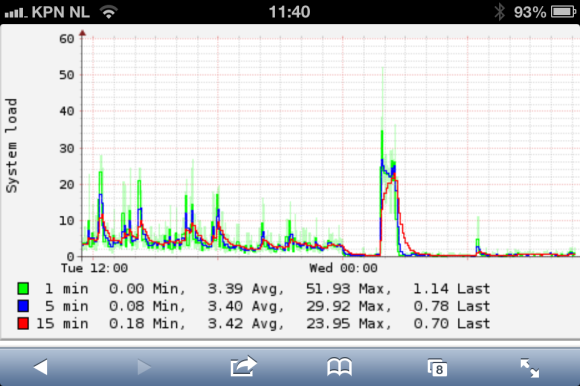Push a specific commit (actually: everything up and including this commit):
git push origin dc97ad23ab79a2538d1370733aec984fc0dd83e1:master
Push everything exept the last commit:
git push origin HEAD~:master
The same, now the last two commits:
git push origin HEAD~2:master
Reorder commits, aka rebasing:
git rebase -i origin
Pulling commits from repo to local
git pull --rebase
When a conflict occurs, solve it, then continue:
git rebase --continue
Put local changes apart (shash them)
git stash save stashname
Show all stashes
git stash list
Retrieve a shash
git stash stashname
When you have committed a change and want to revert it:
Make sure all work is committed or stashed!
git checkout 748796f8f2919de87f4b60b7abd7923adda4f835^ file.pp git commit git revert HEAD git rebase -i git commit --amend
Explanation:
– Checkout the file as it was before your change (line 1)
– commit it (line 2)
– Revert this commit (line 3)
– Using rebase merge (fixup) this commit with the previous commit that contained a change that you want to remove (line 4)
– Finally, rewrite the commit message and you’re done (line 5)
Git rocks!





